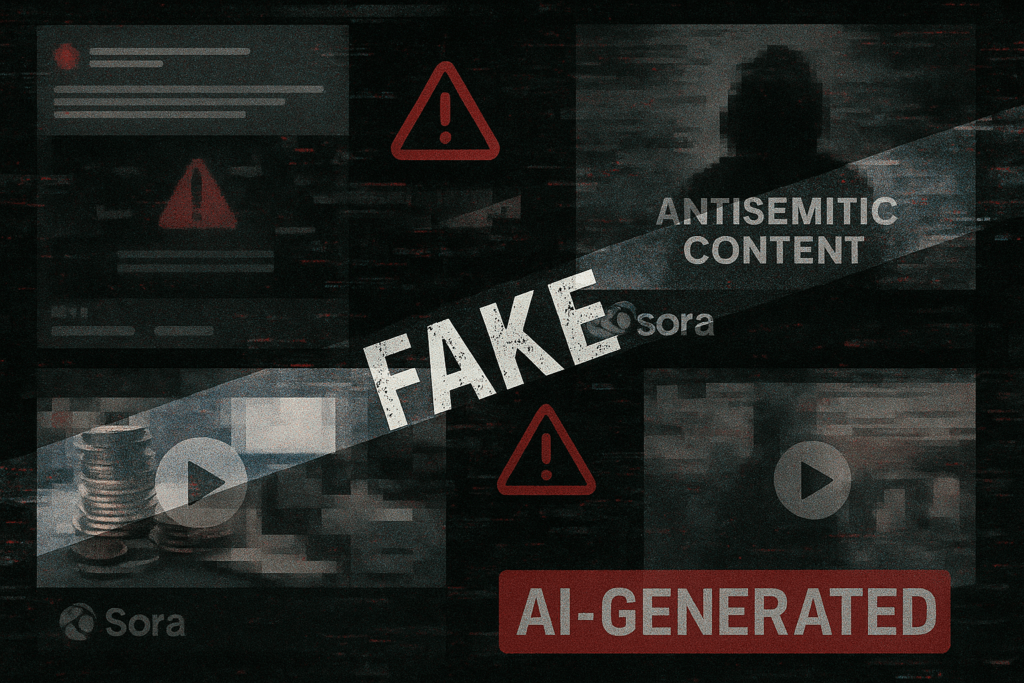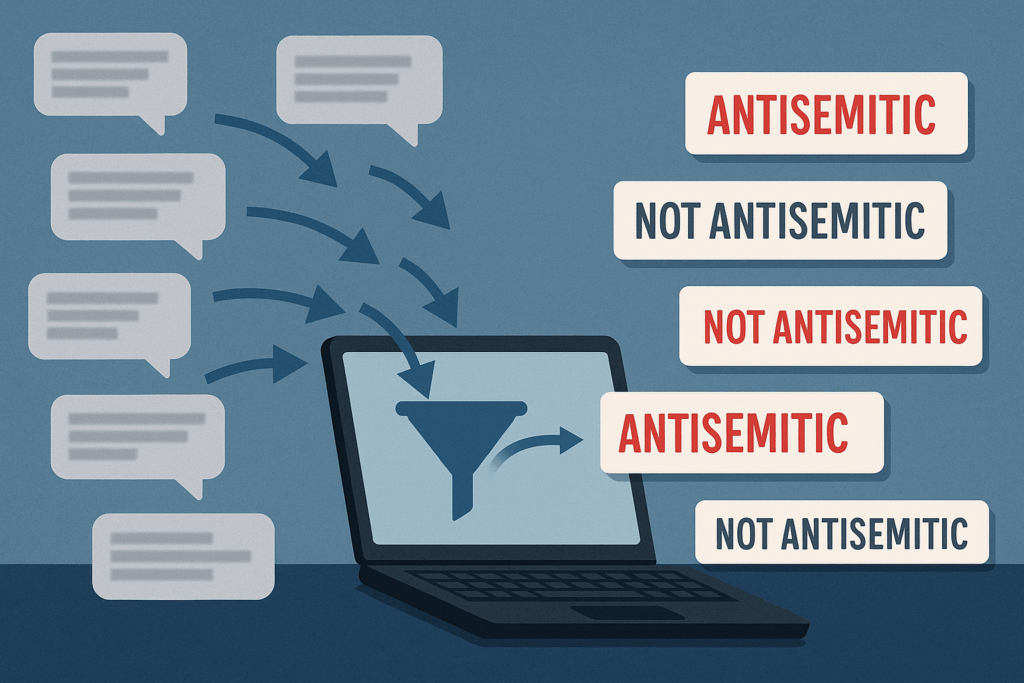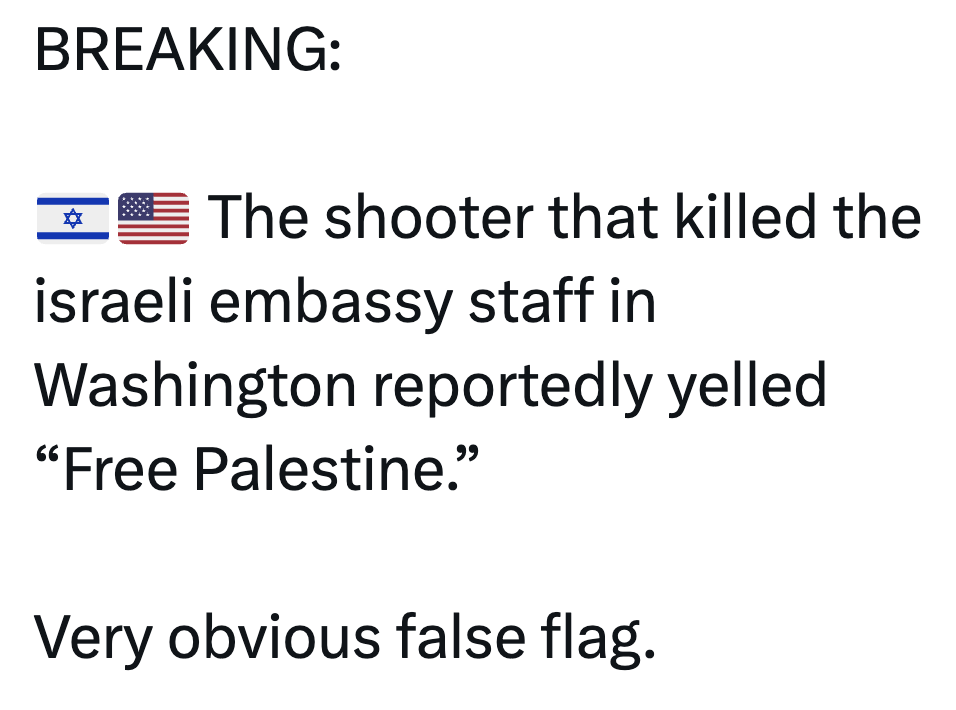As AI video tools such as Sora become more advanced, distinguishing real footage from synthetic media is getting harder. But there are still ways to tell when something might not be what it seems. Here are some simple cues and credibility checks anyone can use without specialized technology to spot AI-generated videos.
1. Watch for subtle visual and audio inconsistencies
AI videos often look convincing at first glance but tend to break down under closer inspection. Pay attention to faces and expressions: people may blink too slowly or too often, their gaze may not quite follow the camera, or their facial movements may appear stiff or slightly out of sync with their words. You might notice lips that don’t perfectly match the audio or mouths that shift unnaturally while talking.
Movements can also give it away. Limbs might bend at odd angles, objects can float or warp during quick camera turns, and lighting may look “off”—with shadows or reflections that don’t line up with the scene. Small details like hair, teeth, or hands can appear blurry or “melty,” especially around edges.
Sound is another clue. AI-generated voices often sound too clean, missing the small echoes or room noise that real recordings have. If the tone feels flat, the cadence robotic, or the sound mismatched with the environment, that’s a warning sign.
2. Ask whether the content makes sense
Beyond the visuals, consider the story the video tells. Does what’s happening seem realistic or physically possible? Does it fit with what’s known about an event or public figure? AI-generated clips often show dramatic, cinematic scenes that seem almost too perfect—like “breaking news” footage of disasters that never happened, or celebrities making statements that feel overly scripted or polished. If it feels off, it probably is.
3. Look for confirmation from credible sources
Before assuming a video is real, check whether anyone directly involved has confirmed or denied it. Public figures, news outlets, and verified organizations usually respond quickly to misinformation involving them. If you can’t find an official acknowledgment—or if no reputable source is covering the supposed event—treat the clip with caution.
Authentic incidents almost always come with supporting evidence: multiple videos from different angles, eyewitness posts, or follow-up coverage by journalists. A single viral clip with no context or corroboration should raise red flags.
4. Check who’s posting it
Finally, consider the source. Was the video posted by a new or anonymous account? Does the account’s feed look automated, repetitive, or suspiciously generic? AI hoax accounts often share large volumes of dramatic videos with little engagement or explanation.
Being able to spot these signs won’t catch every fake, but it can dramatically reduce the spread of misinformation. In an age when AI tools such as Sora can create videos that look indistinguishable from reality, skepticism and verification are our best defenses. When in doubt, pause before you share.



